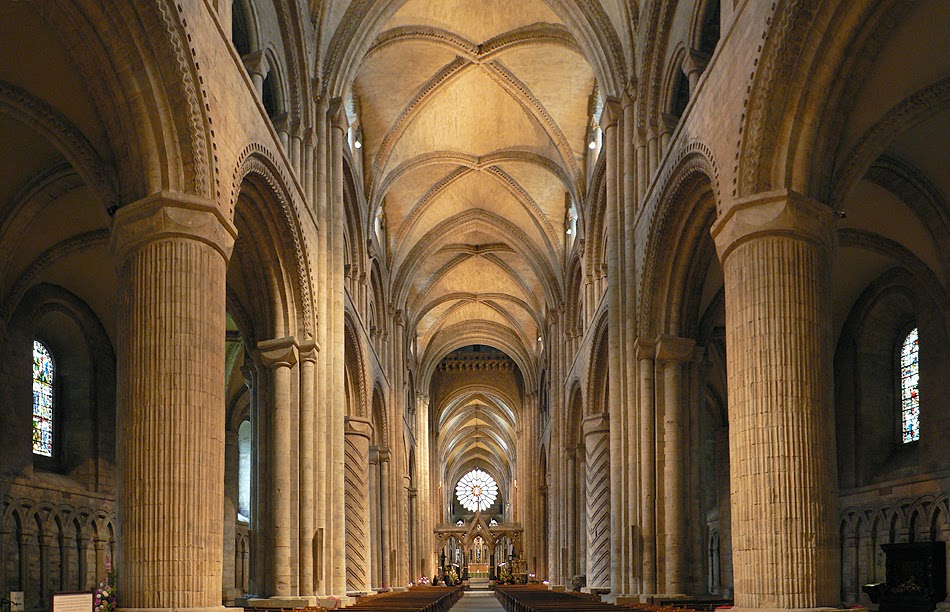This photo is nowhere near the quality that is featured in Art: A New History, but it gives a flavor of the delight I felt upon seeing the image in the book. I absolutely loved the idea of water being a part of the architecture of a building.
The second feature of the Alhambra is the presence of water, which flows, drips, splashes and spouts in dozens of different ways, and in scores of places, throughout the immense complex of buildings, though it is visible chiefly in the courts. The Patio de los Leones, or Court of the Lions, built in the 1370s, summarises everything the Islamic world had learned about water-architecture. it has a central fountain resting on the backs of twelve white marble lions. The water trickles away in narrow canals between systems of twin-pillared arches, forming arcades on which rest four magnificent reception rooms on the first storey. They overlook the court, but are remarkable also for their starry vaults, lit by great windows which admit and discipline the sunlight. The decoration is provided by Kufic patterning and by poetry in brilliant cursive script, and a poem also adorns the fountain itself. Font and arch, marble and glass mosaic, paint, stone and script, tile and open window, grass and herb, light, shade, and brilliance all combine together to create a sense of airy lightness, reassuringly underwritten by marmoreal solidity. ...I could keep going but then I'd just have to give you the whole book. Paul Johnson is not a bad artist with words himself as we can see.
My husband has always wanted to see the Alhambra. After reading Johnson's take on it and seeing photos I can understand why. I'd like to see it myself.











